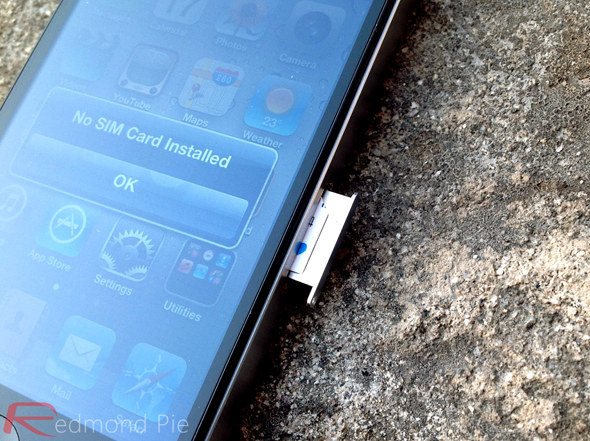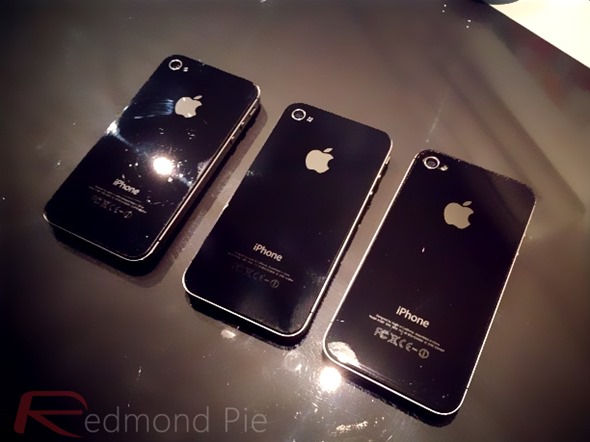Earlier on this week, we learned European carriers were stockpiling nano-SIM cards in anticipation for the launch of the next-generation iPhone. For those who missed the previous report, the nano-SIM removes all needless plastic from the micro-SIM, saving those precious extra millimeters within a mobile device for more important hardware.
Following on from that initial report, another has cropped up stating the new cards are currently being tested by mobile networks. BGR, a blog which seems very in the loop with regards to the next iPhone after yesterday confirming NFC, 4G LTE, and present production stage, has once again provided the scoop, and reckons carriers throughout Europe are now testing the minuscule SIM.

The BGR report cites numerous carrier sources, and apparently, Apple is supplying nano-SIMs with specially-suited adapters (as was the case with micro-SIM), which enables carrier partners to test and ensure the network runs smoothly on the new, smaller SIM before committing to implementing a nano-SIM tray on devices.
With BGR stating mass production of the next iPhone was not yet in motion, it could be that Apple plans to introduce the new SIM with the unannounced device. The Cupertino outfit has received approval for the new smaller SIM, and with the “iPhone 5” rumored to be the thinnest to date, it would make sense for the company to take all the necessary steps in deploying this technology as soon as possible.
Having a little extra space within the device could prove invaluable to Apple, but I’m sure consumers will be a little aggrieved to see a new SIM standard so quickly after the micro-SIM arrived with the iPhone 4. Swapping SIMs between devices with different size trays can be a major pain in the backside, and I’m sure many of you will have been using Sellotape and scissors in order to get your SIM working properly on your devices in the past.

As much as I love my iPhone, when it comes to the SIM, it’s a hassle. Finding and locating the ejector tool (or a pin, paperclip, or earring) is frustrating enough, so I certainly hope the nano-SIM is the last new SIM standard we see for a very long while.
You can follow us on Twitter, add us to your circle on Google+ or like our Facebook page to keep yourself updated on all the latest from Microsoft, Google, Apple and the web.

